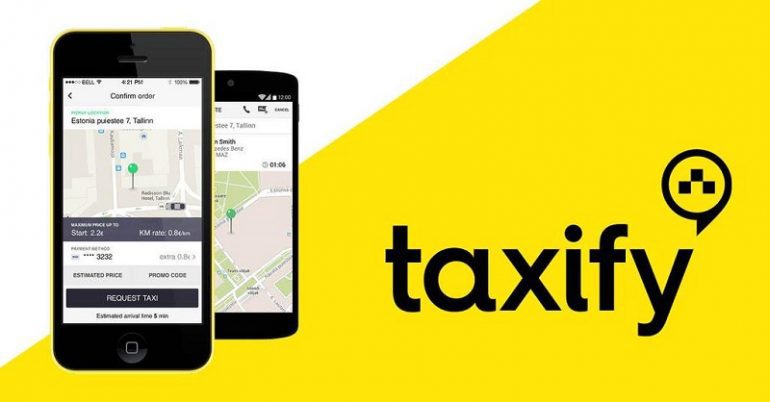advertisement
Taxify to help boost driver earnings amidst Kenya’s fuel prices hike
Kenya’s National Assembly recently passed President Uhuru Kenyatta’s proposal on eight per cent Value Added Tax on fuel, thereby raising…

Kenya’s National Assembly recently passed President Uhuru Kenyatta’s proposal on eight per cent Value Added Tax on fuel, thereby raising the fuel prices in the country.
The transport industry was rocked on the 1st of September when the Kenyan government introduced a 16 per cent value-added tax on all petroleum products, stakeholders were up in arms with fuel dealer’s striking and commuters incensed.
The VAT at the time saw a liter of petrol rise to KSh125.59 and diesel at Sh115.47. According to the ERC’s calculator, before the VAT was introduced, super petrol was retailing at KSh113.70 while diesel cost KSh102.70 per liter in Nairobi. Parliament later voted for 8 per cent VAT which has since seen the price of super petrol change to KSh 116.70 and diesel at KSh 108.10 per liter.
advertisement
From parliament to the road
Speaking to CIO East Africa after the VAT adjustment, some taxi hailing app drivers voiced their concerns over what the new fuel prices might mean to their overall income. Most drivers complained about the budget options such as Taxify Go, which charges less than the normal option, as a source of worry.
Taxify though, has addressed their drivers’ concerns by adding a new Driver Destinations feature which allows drivers to indicate where they are heading. It then synchronizes with the Taxify app to find and connect them with trips that are on their way, which in turn helps drivers in coping with the new fuel tax.
“We value our driver-partners and are always looking for ways to improve their earnings. We can say this is just the beginning and we are working on other additional features that will be good for the drivers,” said Alex Mwaura, Taxify Country Manager for Kenya.
According to Taxify, fuel is one of the variable costs that drivers incur as they drive with them. It accounts for about 15-20% of driver operational costs. The company has reviewed driver earnings and the actual impact of a 8 per cent increase in fuel tax has not necessarily resulted in an equal impact on driver earnings.
advertisement
Taxify are thus trying to cushion the most vulnerable categories, the ones likely to feel the impact of the fuel prices the most, with a 15% bonus. Taxify Go and Taxify Boda drivers will receive a 15% bonus per trip to cushion them from the change in fuel prices.
Taxify new features
The Driver Destinations feature can be set up two times every day. This means that drivers that are on their way back home, or towards areas with high demand, can set their destination to earn fares that are along their route.
The driver destination feature has been rolled out to the latest version of the driver app in Android, with iOS rollout in progress. A Taxify driver would merely need to update their app within their mobile app store to get access to this feature.
advertisement
A destination can be set up to 100km from the current location. Taxify notes that dynamic pricing will still apply normally on these trips.
The introduction of Driver Destinations follows several other initiatives implemented by Taxify to improve drivers’ earnings and safety. These include adjusting rates paid to drivers to improve their profitability after recent petrol price increases, as well as a partnership with Rescue, which offers the reassurance of support in the event of a crime.
Taxify also announced that customers will now be able to get an estimate for a Taxify ride, duration and fare in Google Maps right next to other transport options.
“”Having Taxify as part of the transit options on Google Maps; makes it easy for riders, as it offers them comparisons between estimated arrival times, as well as fare options. This saves them time and money,” said Shivachi Muleji, Taxify General Manager East Africa.
Taxify rides in Google Maps are rolling out globally today and will be available in over 15 countries. These include Kenya, Australia, Austria, Azerbaijan, Czech Republic, Estonia, France, Hungary, Iraq, Nigeria, Poland, Slovakia, Mexico, Romania, South Africa and Georgia